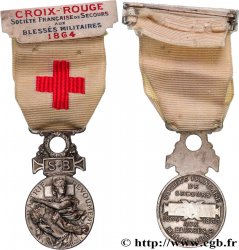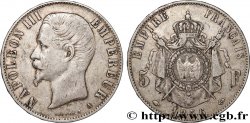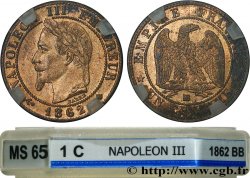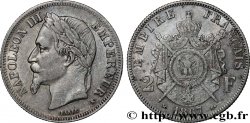v10_0065 - 2 francs Napoléon III tête nue 1856 Paris F.262/4
MONNAIES 10 (2000)
起拍价 : 1 067.14 €
估价 : 2 286.74 €
竞价记录 : 2 423.94 €
起拍价 : 1 067.14 €
估价 : 2 286.74 €
竞价记录 : 2 423.94 €
种类 2 francs Napoléon III tête nue
日期: 1856
铸币厂名称/城市 Paris
铸币数量 240711
材质 silver
纯度、成色(用角密度) 900 ‰
直径 27 mm
模子方针 6 h.
重量 10,00 g.
侧面 cannelée
稀少度 R2
关于品相的说明
Frappe sublime, parfaitement centrée au droit, presque parfaitement centrée au revers à une fraction de millimètre près. Coins parfaitement neufs et à fleur, reflets complètement métalliques, champs parfaitement en miroirs, impact visuel extraordinaire de médaille. À certains angles d’éclairage, les champs apparaissent noirs et les reliefs blancs et brillants. On a du mal à penser qu’il s’agit d’un exemplaire frappé pour la circulation. Tranche parfaite, nette et régulière. Aucune patine, on remarque une fois de plus que les frappes métalliques sans velours sont beaucoup moins sujettes à la patine que celles à la surface à texture plus épaisse. Cet exemplaire ravira les amateurs de monnaies «sortant de frappe», car il est «neuf» si le mot à un sens en numismatique.
On distingue à l’œil nu, en faisant jouer le revers dans la lumière, quelques infimes égratignures dans le champ miroir. La loupe x10 montre un très léger affaiblissement de la surface d’origine sur les cheveux, un minuscule choc sur la pommette, quelques égratignures, de faibles traces de cheveux dans les champs et un minuscule choc sur le listel, à côté de la lettre d’atelier
正面
正面的文字 NAPOLEON III - EMPEREUR .
正面的说明书 Tête nue de Napoléon III à gauche; signé BARRE au-dessous.
背面
背面的文字 EMPIRE - FRANCAIS / 2 / FRANCS / 1856 A.
背面的说明书 dans une couronne formée de deux branches de laurier.
评论
Cet exemplaire est celui de la Collection Idéale. Exemplaire d'exception, d'un point plus beau que la 1858 utilisée pour l'illustration du FRANC III comme type, il est sans comparaison avec les autres exemplaires du type répertoriés dans la Collection Idéale.








 对产品描述纠错
对产品描述纠错 打印
打印 分享我的选择
分享我的选择 提问
提问 Consign / sell
Consign / sell
 产品介绍
产品介绍



